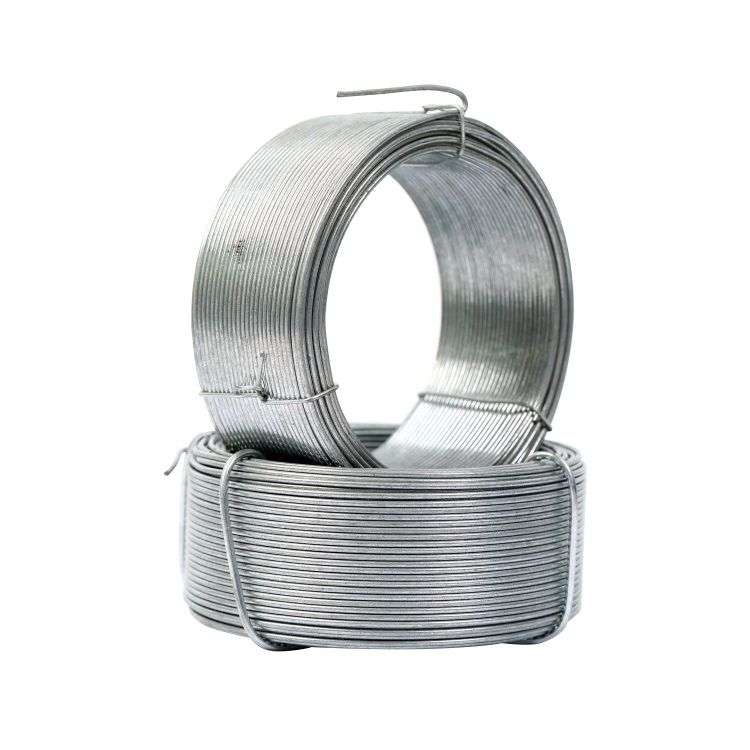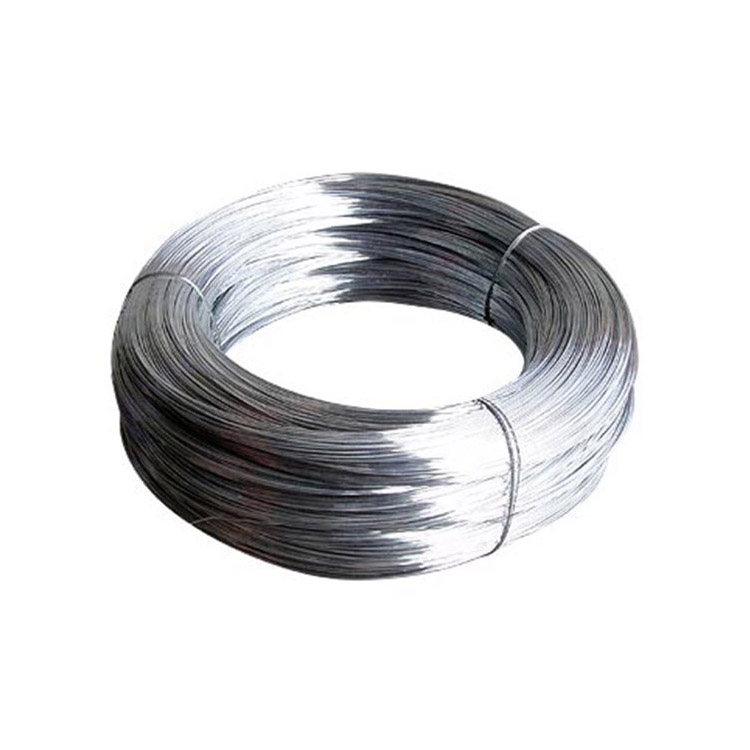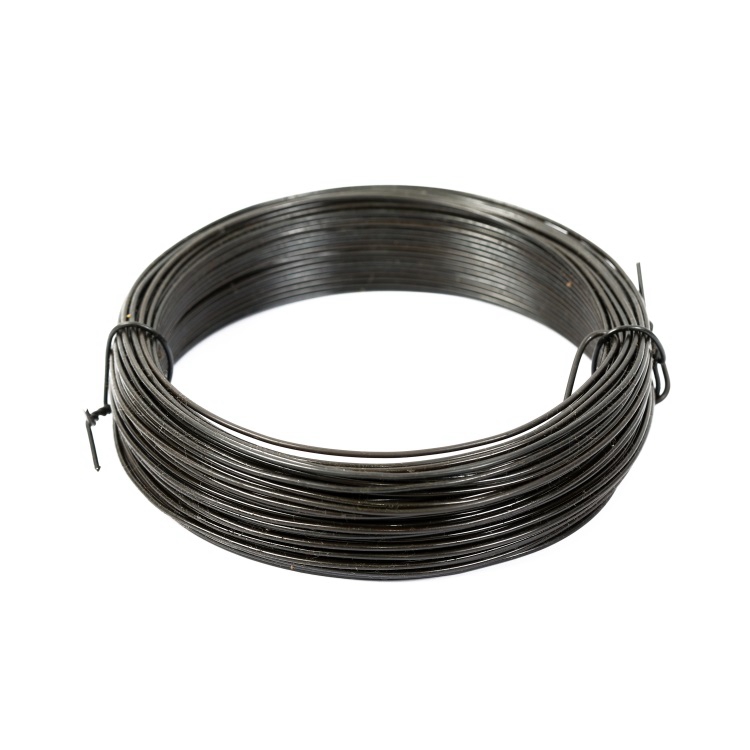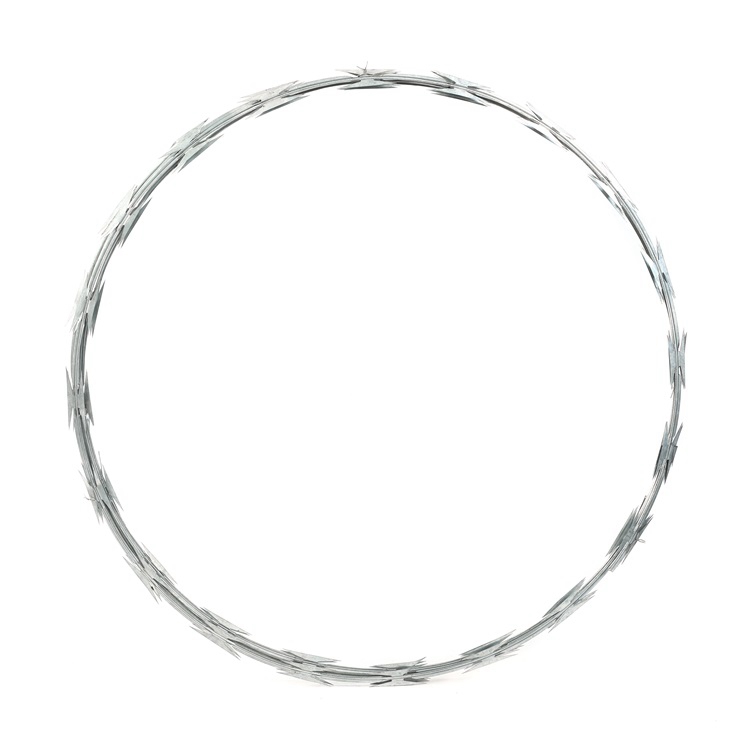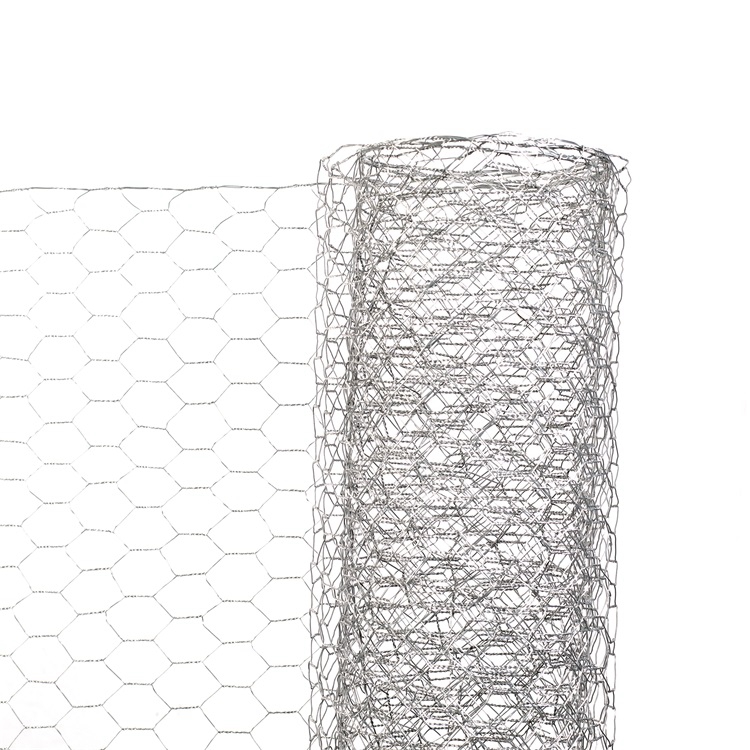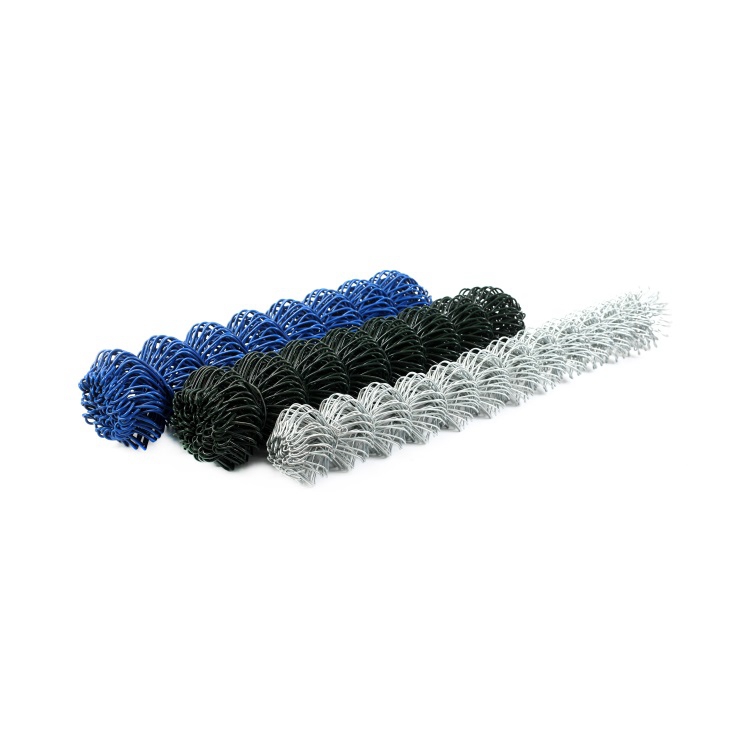The Process of Making Steel Wire
Steel wire is a versatile material used in various industries, including construction, automotive, manufacturing, and more. The process of making steel wire involves several steps to transform raw materials into the final product.
- Raw Materials:
The first step in making steel wire is the selection of raw materials. The primary ingredient is iron ore, which is mined from the earth and processed into iron through a series of refining processes. Other materials such as limestone, coke, and recycled steel scrap are also used in the steelmaking process.
- Steelmaking:
Once the raw materials are gathered, they are melted down in a furnace to create molten steel. This process, known as steelmaking, typically involves either the basic oxygen furnace (BOF) or the electric arc furnace (EAF) method. In the BOF method, oxygen is blown into the molten iron to remove impurities, while in the EAF method, an electric arc is used to heat and melt the scrap steel.
- Casting:
After the molten steel has been refined to the desired composition, it is poured into molds to form large semi-finished shapes called billets or blooms. These shapes are then allowed to cool and solidify before further processing.
- Rolling:
Once the billets or blooms have cooled, they are reheated and passed through a series of rolling mills to reduce their size and shape them into long, thin strands. This process, known as hot rolling, involves passing the steel through a series of rollers to gradually decrease its thickness and increase its length.
- Drawing:
After the steel has been hot rolled, it is further processed through a series of drawing dies to achieve the desired diameter and surface finish. This process, known as cold drawing, involves pulling the steel wire through progressively smaller dies until it reaches the desired size.
- Annealing:
To improve the mechanical properties of the steel wire and make it more suitable for its intended application, the wire may undergo a process called annealing. This involves heating the wire to a specific temperature and then slowly cooling it to relieve internal stresses and improve its ductility and toughness.
- Coating (Optional):
Depending on the intended use of the steel wire, it may be coated with a layer of zinc, copper, or other materials to enhance its corrosion resistance or electrical conductivity.
- Cutting and Packaging:
Finally, the finished steel wire is cut to the desired length and packaged for shipment to customers. The wire may be coiled, spooled, or cut into straight lengths, depending on the requirements of the end user.
In conclusion, the process of making steel wire involves a series of carefully controlled steps, from melting down raw materials to forming, rolling, drawing, and finishing the final product. Each step in the process plays a crucial role in determining the quality, strength, and versatility of the steel wire produced.
-
The Ultimate Guide to Premium Quality Field Fence Solutions
NewsAug.12,2025
-
The Essential Guide to Premium Square Wire Mesh Solutions
NewsAug.12,2025
-
The Essential Guide to Hexagonal Wire Netting Farm Fencing
NewsAug.12,2025
-
Premium Continuous Deck Rail Slab Bolster Solutions
NewsAug.12,2025
-
High-Performance Aluminum Tie Wire Reel for Construction Applications
NewsAug.12,2025
-
Crafted Premium Galvanized Hexagonal Gabion Wire Mesh Solutions
NewsAug.12,2025







